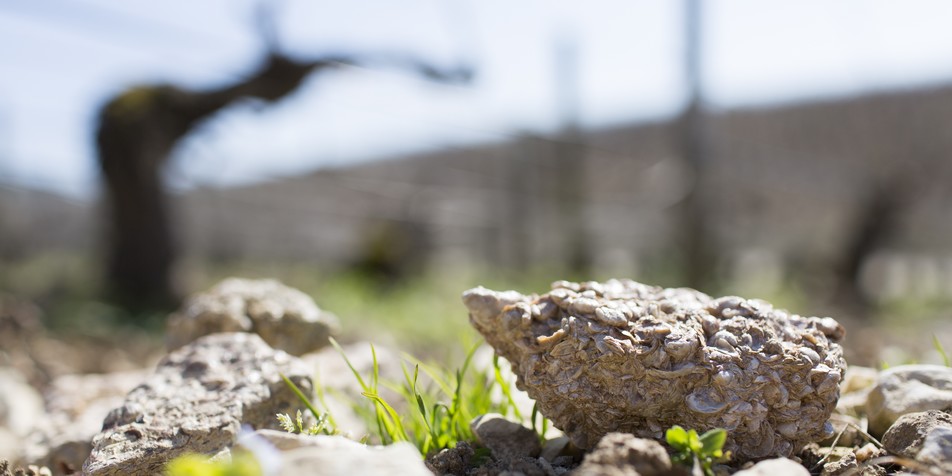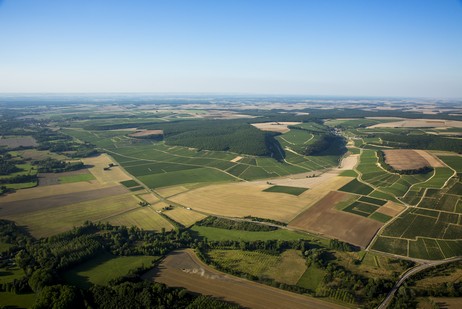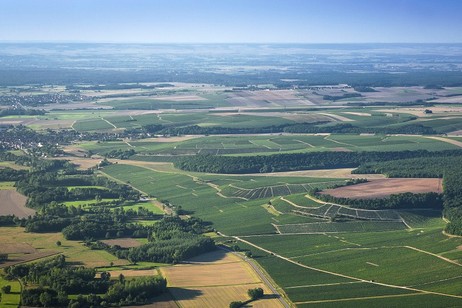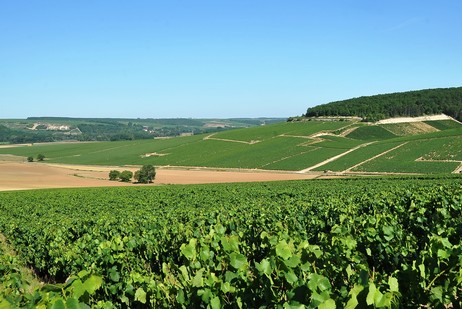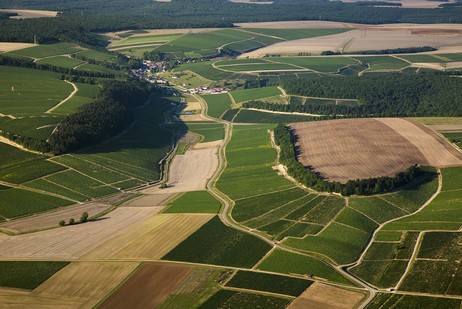Fourchaume, L’Homme Mort, Vaupulent, Côte de Fontenay and Vaulorent
Fourchaume, a flag-bearing Climat
Character, stories and legends
- Fourchaume has always had a special place in the heart of Chablis wine lovers. Complex and intense, it distinguishes itself by its elegance, its finesse and above all its uniquely voluptuous quality. A naturally generous and open wine in its early years, it can easily age 6 or 7 years before unveiling its full complexity.
- The legends behind the name of this Climat don’t all paint a rosy picture... The name Fourchaume may come from "four à chaux" (lime kiln) or the word "fourche" (fork), referring to a fork in the road. However, this name might also refer to executions by hanging! In the past, those sentenced to death were hanged on gallows, in which case Fourchaume would be the contraction of "Fourches à hommes"...
L'Homme Mort
Character, stories and legends
- All the wines under the Chablis Premier Cru appellation define themselves as salty and chalky. L’Homme Mort likes to play it safe; its minerality is rather discreet, though not affecting its structure. Versatile and usually enjoyed young, these wines can easily age 3 to 4 years.
- L’Homme Mort (dead man)? What a strange name for a wine! Some actually suggest a linguistic corruption, referring to "l’orme mort" (the dead elm), an old tree used at the time to delimit the vineyards. Another, less joyful explanation, stems from the presence of a small cemetery at the entrance of the valley. A few sarcophagi containing skeletons from the Merovingian era were uncovered there. As with many other places in France, this discovery gave rise to the name of "l’Homme Mort".
Vaupulent
Character, stories and legends
- Vaupulent’s character is marked by an intense floral quality. Elegant, generous and seductive, these wines mirror their warm and clayey terroir. Their minerality is discreet, without fading entirely; it might actually linger a little on the palate, even in the first years. Its natural and soft acidity gives it a good ageing potential. Chablis Premier Cru Vaupulent is usually at its peak after ageing 5 to 6 years.
- Vaupulent has led to quite a few theories! In olfactory terms, the words "purlent" and "pulent" are used to describe wild animals that give off powerful smells. Badgers or ferrets, for example, may have dug their burrows at the bottom of this valley. The name could also come from a wild shrub with an unpleasant smell, such as dogwood, which used to grow here. Otherwise, Vaupulent could come from the Old French word "pule" (people). So Vaupulent might be the name of a valley that belonged to numerous owners.
Côte de Fontenay
Character, stories and legends
- The Climats under Fourchaume typically produce intensely aromatic and fruity wines. They combine a fine density and complex notes. As its structure is less developed than that of its neighbors, Côte de Fontenay has the advantage of offering wines that should be enjoyed young, though they can be aged a few years.
- Known as "la grande côte" (the big hill) in 1560, Côte de Fontenay sits at the opening of the valley leading to the village of Fontenay-près-Chablis. The fountains of the village used to feed a lake by which stood a mill belonging to the Commander of Saint-Marc, the Seigneur of Fontenay.
Vaulorent
Character, stories and legends
- As Vaulorent is the only Climat of Chablis Premier Cru located on the Colline des Grands Crus, its character is similar in greatness! The substantial white marls and Kimmeridgian bring richness, silky structure, minerality and freshness. The wines can be enjoyed very young with a pronounced floral quality. After a few years, they develop more complexity and reach their peak after ageing 6 to 7 years.
- Vaulorent has had several spelling variations, since the first written record dating back to 1225. It used to be spelled "vauz loranz" or "vaulorens", both referring to a landowner by the name of Laurent who once owned vineyards in this valley.
